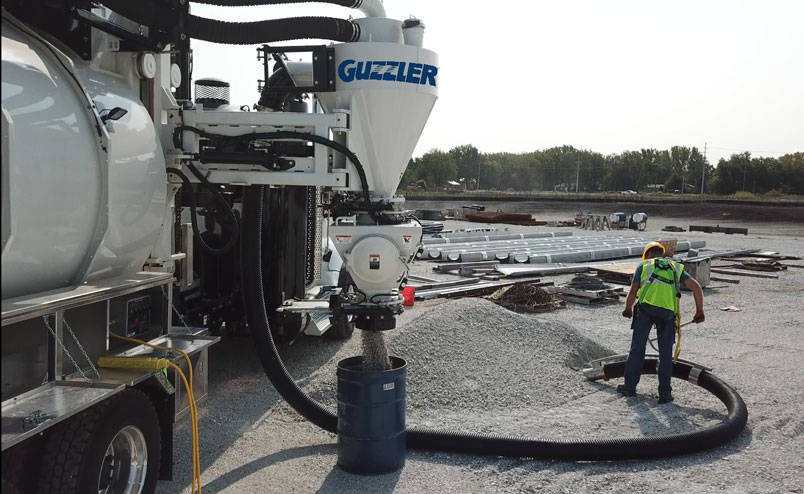Three of six Cement and Concrete projects named as funding candidates in a $6 billion Energy Department Office of Clean Energy Demonstration (OCED) program entail production of calcined clay or limestone calcined clay (LC3) as an alternative to conventional portland cement clinker. Producers behind the Industrial Demonstrations Program-themed projects are positioned to negotiate with OCED officials awards where cost-sharing terms are up to 50%:
- National Cement Company of California, Lebec Net Zero Cement Plant Project; $500 million potential award. Through product mix and fuel changes, the producer seeks to attain carbon-neutral cement output at its operation north of the Los Angeles basin. Instead of fossil fuels for kiln power, the project would use locally sourced biomass from agricultural byproducts such as pistachio shells; replace clinker with calcined clay to yield LC3; and, capture and sequester the plant’s remaining annual carbon dioxide output of 900,000-plus metric tons. National Cement of California officials see the project demonstrating how a combination of decarbonization levers can drive emissions associated with existing U.S. cement production facilities to net-zero. Lebec Net Zero and Heidelberg Materials’ Mitchell Cement Plant Decarbonization Project top the six Industrial Demonstrations Program Cement and Concrete targets in funding potential.
- Roanoke Cement Company, Limestone Calcined Clay Cement Production; $61.7 million potential award. Based at the producer’s Troutville, Va., plant, the project is geared to demonstrate the use of widely available clay types to minimize the most carbon-intensive component in portland cement production. Roanoke Cement and partners also seek to validate the market for calcined clays in a region with high demand for the material, while reducing carbon intensity by an estimated 83% measured against conventional portland cement clinker.
- Summit Materials, Low-Carbon Calcined Clay Cement Demonstration; $215.6 million potential award. The Summit Materials-led effort envisions construction of calcination facilities in Maryland, Georgia, and Texas, each engineered to prove the viability of displacing high-emitting limestone-based cement with a clay-based product. The range of sites builds the case for the demonstration’s replicability given that clay sources and availability of cementitious products around the country are highly diverse. The scale of this project holds the potential for annual reduction of 1.1 million metric tons of CO2 emissions, while also addressing 2% of the U.S. 2030 projected demand for cement.
Portland Cement Association CEO Mike Ireland called announcement of the Energy Department’s potential backing of four producer member projects “a welcome acknowledgement from the government that America’s cement manufacturers are taking ambitious and significant steps toward reaching carbon neutrality.”
“From passage of the Bipartisan Energy Act of 2020 to securing funding through the Inflation Reduction Act and the Infrastructure Investment and Jobs Act, the announcement is another major milestone in the cement industry’s decarbonization efforts,” added Senior Vice President of Government Affairs Sean O’Neill. “PCA is committed to continuing to work with policymakers to ensure the regulatory environment facilitates rather than impedes these and future investments.”
The other two Industrial Demonstrations Program Cement and Concrete projects, Deeply Decarbonized Cement and First Commercial Electrochemical Cement Manufacturing, involve Brimstone Energy Inc. and Sublime Systems Inc. and have the potential for $189 million and $86.9 million awards, respectively.




